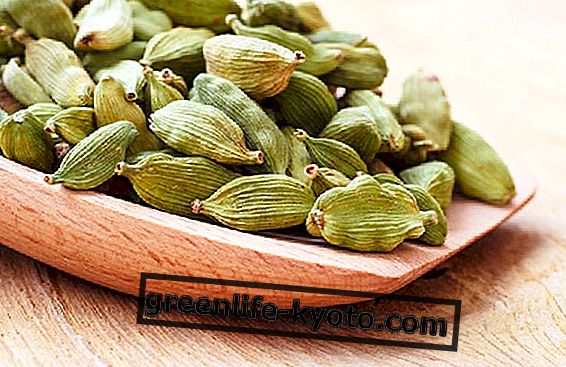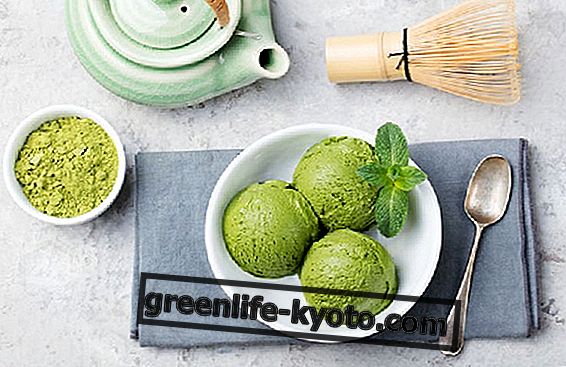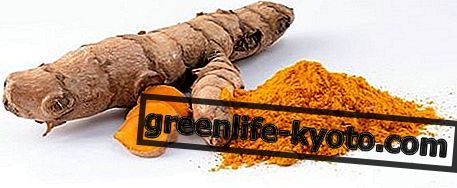
Cardamom is a spice obtained from the Elitaria cardamom, very common in Eastern and Arabic cuisine, but now widespread also in Europe.
Already known in the past for its therapeutic properties, it has always been used as a cure for colds and coughs, but also for stomach pain. We discover two recipes of herbal teas and infusions useful precisely for the treatment of these various diseases.
Description of the cardamom plant
The term cardamom indicates a group of different spices, often confused with each other .
- The true cardamom is the green cardamom that is obtained from the Elettaria cardamomum, a tropical plant of the Zingiberaceae family. It has a very intense taste and is quite expensive.
- Ceylon cardamom, on the other hand, is obtained from Elettaria repens, a plant widespread in Sri Lanka.
- Black cardamom is the most common and inexpensive spice obtained from Amonum subulatum, has a more bitter taste and is reminiscent of mint.
- Finally there are the Amomum costatum, cardamom widespread in China and Vietnam, and the Siam cardamom, Amomum compact, known in Thailand and Burma.
Use and properties of cardamom
Cardamom has always been used in Ayurvedic medicine not only for the treatment of coughs and colds, but also for problems with the urinary system and for hemorrhoids, while in traditional Chinese medicine it has been against stomach pain and dysentery.
In india, on the other hand, cardamom is an excellent natural remedy for tooth care and gum inflammation. Finally, it seems that cardamom is an effective antidote against snake and scorpion venom .
Cardamom herbal tea for the intestine
Ingredients for 2 people
> 2 tablespoons of cardamom seeds;
> 2 teaspoons of honey or whole cane sugar.
Preparation
Boil the cardamom seeds in water for 5 minutes. After this time, turn off the heat and let the tea rest for another 5 minutes. Sweeten and drink.
Cardamom infusion against colds
Place 1 chop of cardamom seeds in a cup of water, brought to the boil beforehand, and let stand for at least 10 minutes. After this time, use the infusion to make gargles.
Increasing the doses, it is possible to use the same infusion also to make fumigations, taking care to filter the liquid first to eliminate the residues of the seeds.













